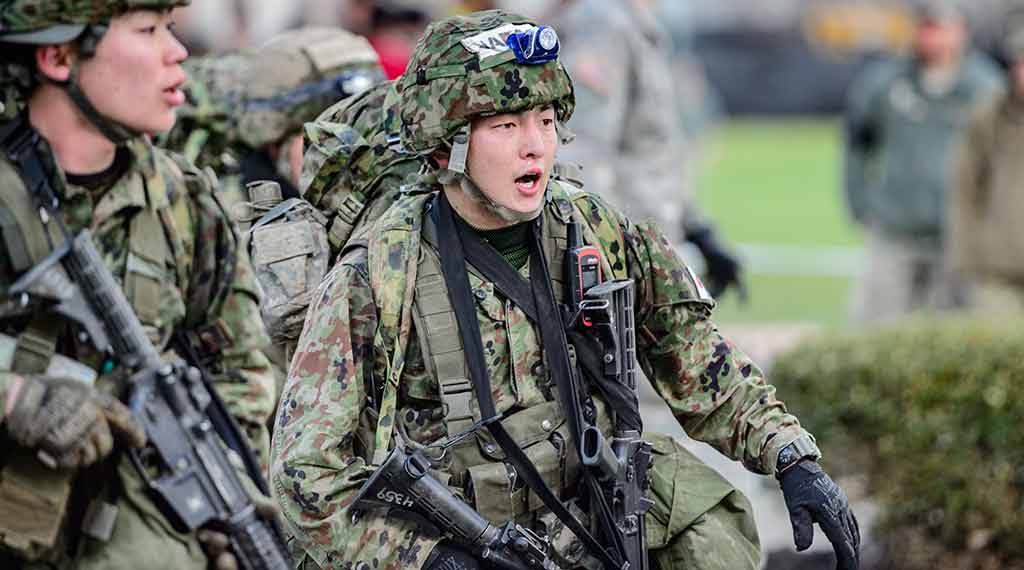To deter China’s PLA, Japan must resolve its serious military recruitment problem

Japan’s recently released Defense White Paper highlights once again that the Japanese know they’ve got a problem with an aggressive, expansionist, resentful communist China. And Japan is trying to do something to address the threat. Japan has always seen Russia and North Korea as problems, but the Chinese regime is an entirely different danger.
Japan is more serious about defense than it was a decade ago. It plans to double defense spending and buy expensive hardware and weapons systems—as much as a weak yen allows. But this won’t matter so much if Tokyo can’t recruit enough people to serve in the Japan Self-Defense Forces (JSDF).
In the most recent fiscal year, the JSDF missed its recruiting goals by 50 percent. This is a disaster, even by “normal” recruiting shortfalls that have persisted for many years.
A friend asked what this all meant and why it happened.
What are the consequences of the JSDF being undermanned?
The Jieikan (service members) tend to be overworked because they don’t have enough people in the services. I’ve heard this complaint more than once. That is terrible for morale. It also can make training—especially realistic ones—difficult to accomplish. Even carrying out necessary missions is difficult without enough personnel. And suppose you’re fighting a war and people get killed or injured, then you need replacements. If you have too few people to start with, well … good luck replacing casualties.
Also, because JSDF missed recruitment targets—50 percent this year, 35 percent the year before, and by 20 percent for many years—it is an “older” force. The average age is actually relatively high. War and military operations, in general, are a young person’s business. An “old” force is going to have trouble.
How does the recruiting shortfall affect the JSDF services? Could you give some examples?
Remember a year or two ago when Japan’s Maritime Self-Defense Force (MSDF) was talking about building two ships specifically as AEGIS platforms? They had so few MSDF sailors that they were talking about forcing a few hundred Ground Self-Defense Force (GSDF) personnel to join the MSDF to man the ships.
And a decade ago, recall when MSDF was ordered to add several submarines to the fleet. There were serious concerns about finding enough crew to man the extra submarines.
Notice that the MSDF has two “big” amphibious ships. You really need to have at least three: While one is at sea, the other is getting ready to go to sea, and the other is in port being repaired and maintained. If you’ve only got two ships—and don’t have enough sailors to man a third ship—you can see the problem. If you’re at sea when you should be in port or resting, you’re stressing both the ship and sailors.
170408-A-WQ335-039 by West Point – The U.S. Military Academy is licensed under ATTRIBUTION-NONCOMMERCIAL-NODERIVS 2.0 GENERIC
- Newsham Breaks Down Latest China–Japan Standoff Near Senkakus Islands - December 4, 2025
- China’s Act of War Against PM Takaichi and Japan - November 24, 2025
- Panel Discussion: Are H-1B Visa Holders Replacing US Workers? - November 18, 2025
